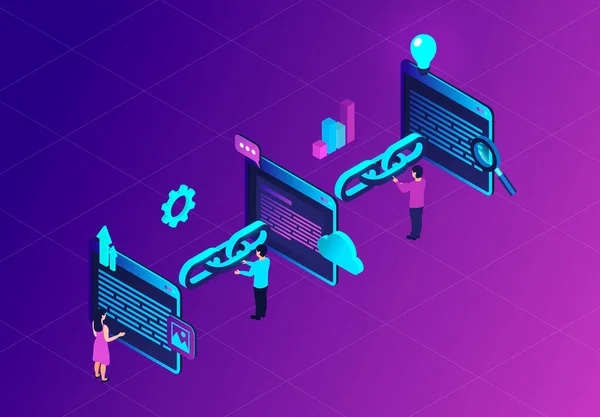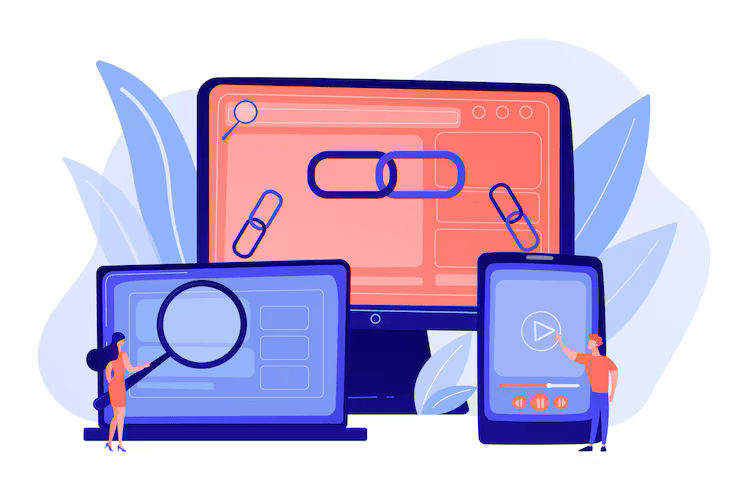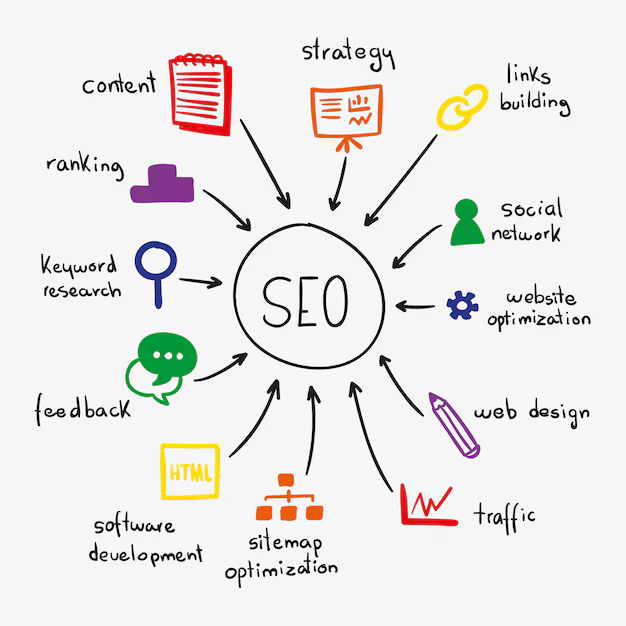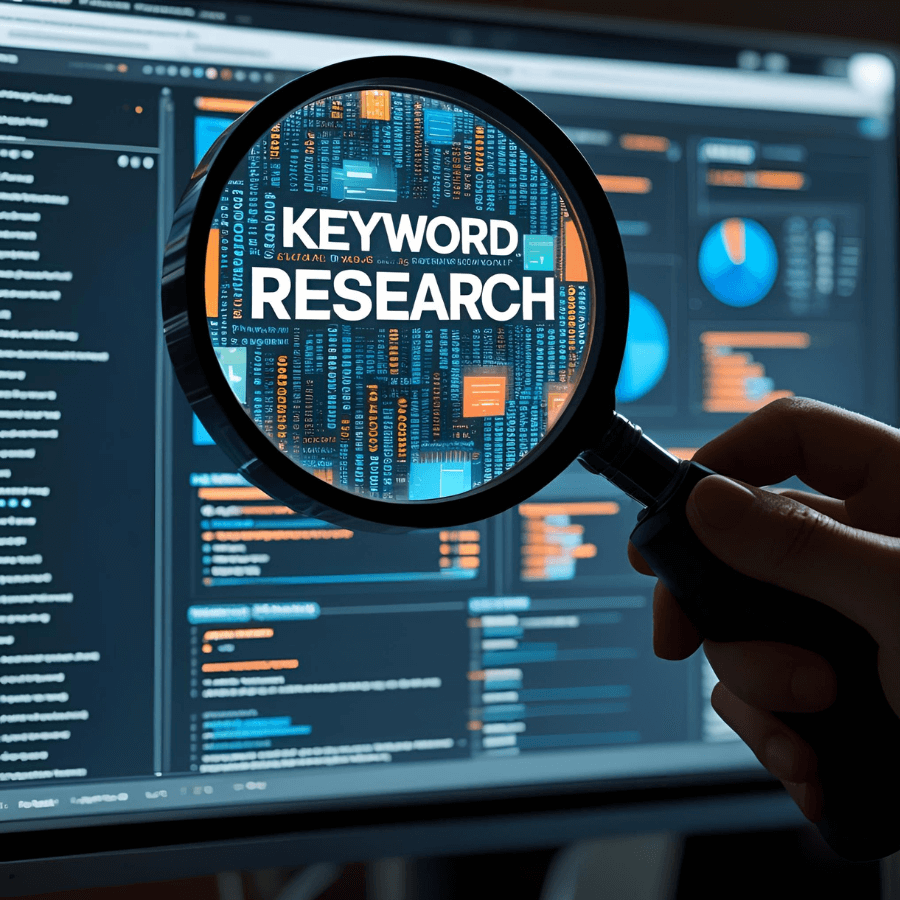What is internal linking in SEO?
Internal linking is a crucial SEO strategy that involves connecting different pages within your website through hyperlinks. This practice helps search engines understand your site structure, distribute page authority, and improve user navigation. Effective internal linking can enhance crawlability, strengthen topical relevance, and create a better user experience.
Why is internal linking important?
Internal linking is essential because it helps establish site hierarchy, distribute page authority throughout your website, and improve user navigation. By implementing a strategic internal linking structure, you can enhance your site's SEO performance, keep visitors engaged longer, and help search engines better understand the relationship between your content. This leads to improved rankings and better overall site visibility.
What are the different types of internal links?
How do you maintain an effective internal linking structure?
How do I get started with internal linking?
What are the benefits of internal linking for businesses?
Internal linking encompasses various elements, including navigational links, contextual links, and footer links. Each type serves different purposes in your site architecture. Navigational links help users move between main sections, contextual links connect related content, and footer links provide access to important pages. Understanding these different types helps create an effective linking strategy that benefits both users and search engines.
An effective internal linking structure is maintained through regular content audits, strategic link placement, and monitoring of link performance. Best practices include using descriptive anchor text, ensuring links are relevant to the content, and regularly checking for broken links. Tools can help analyze your linking structure and identify opportunities for improvement.
To start with internal linking, begin by conducting a content audit to identify related pages and opportunities for linking. Create a site structure plan that outlines how different pages should connect. Use relevant anchor text and ensure links add value to the user experience. Regular monitoring and adjusting your strategy based on performance metrics will help optimize your internal linking structure.
Internal linking helps businesses improve their site's SEO performance, enhance user experience, and increase page authority. It can reduce bounce rates by keeping visitors engaged, improve crawlability for search engines, and help distribute link equity throughout the site. This leads to better search rankings, increased organic traffic, and improved conversion rates.

























